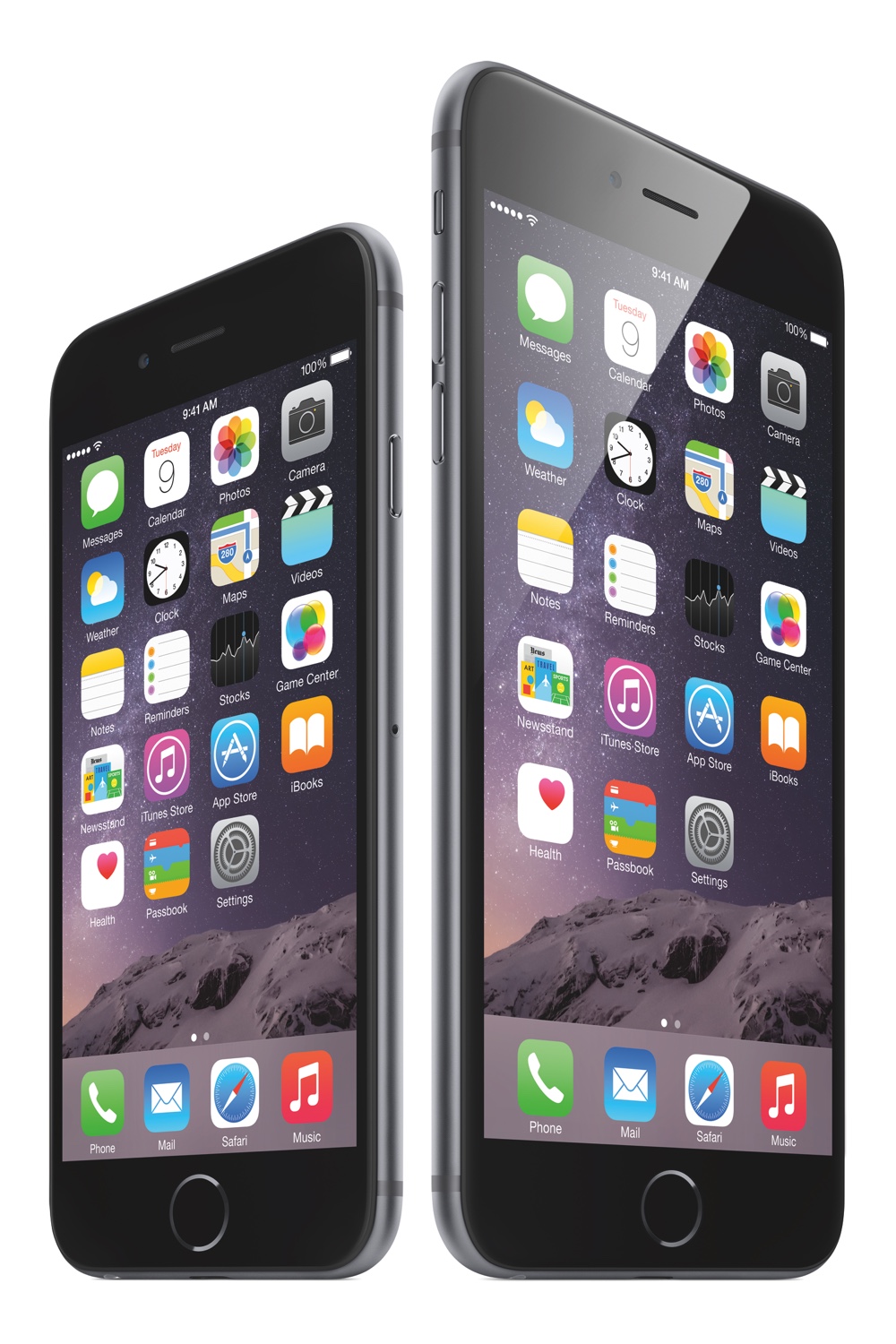
When Apple CEO Tim Cook took one of many regular trips to Beijing in January, he wasn’t surveying the company’s many Chinese factories or hobnobbing with government officials. He was at a China Mobile retail store to mark the launch of the iPhone on the world’s largest wireless carrier. The two companies were joining forces to “deliver the best experience in the world,” Cook said.
The iPhone 6 will test how interested Chinese consumers are in the Apple experience. The newly announced phone, along with its big brother the iPhone 6 Plus, has already crashed the servers of Apple’s online store and are on back order for multiple wireless carriers in the U.S. But the launch of the devices is being delayed in China, and it’s not yet clear how the new iPhones will compete with a cadre of homegrown competitors which have rapidly gained market share over the last year.
Apple, no doubt, is on the rise in China. Sales jumped 18% to over $15 billion in the first half of 2014, making China the tech giant’s fastest-growing region by far. With the China Mobile deal now in place, the iPhone is available from all of the country’s wireless carriers, giving Apple access to 1.3 billion potential customers. Cook expects it to eventually overtake the United States as Apple’s biggest market.
But Apple’s competitors are rising too, some at an even faster clip. Xiaomi, often called the “Apple of China,” shipped about 15 million smartphones in the second quarter to surpass Samsung as the country’s largest vendor, according to research firm Canalys. Other Chinese manufacturers, such as Lenovo and Huawei are also beating Apple. There are literally dozens of other phone companies vying for customers’ attention in the highly fractured market. While Apple and Samsung pull in about two-thirds of all smartphone sales in the U.S., the top two manufacturers in China account for just one-fourth of sales, according to research firm IDC. Apple resides outside the top five.
The main issues holding Apple back in China are screen size and price. The company solved at least one issue with the iPhone 6 Plus, which boasts a 5.5-inch screen. The jumbo-sized display will help the latest iPhones be Apple’s most successful yet in China, says Ramon Llamas, a mobile analyst at IDC. “In the Chinese market, this is almost like a status symbol,” Llamas says of large-screen phones, also known as “phablets.” “All of these vendors, they are clearly playing in that phablet space.” Indeed, nearly 40% of smartphones sold in the country now have screens five inches or larger, according to Canalys.
Price may remain a prohibiting factor, though. According to IDC, the average selling price for an iPhone in China in the first half of 2014 was $539. Lenovo’s Android-powered smartphones sold for just $98 and are currently beating the iPhone in sales. The 6 Plus, while appealing to phablet lovers, will cost $100 more than previous iPhone models in the U.S., an extra cost that will likely translate to China.
Chinese carriers are also planning to drastically cut phone subsidies on the orders of the nation’s government. That will likely make consumers more price-conscious just as domestic competitors are figuring out how to make devices with iPhone-like features at a fraction of the cost. “It becomes a little bit more difficult [for Apple] when the specifications are close but the price is not,” says Bill Kreher, an equity analyst at Edward Jones.
There’s also a third, thornier wrinkle: the Chinese government seems less accommodating of Apple than in the past. Following Edward Snowden’s revelations about global surveillance by the National Security Agency, China’s state-run media called the iPhone a “national security concern” over a location-tracking feature in iOS 7. (Apple disputed the report.) Now the iPhone 6’s launch has been delayed in China because it has not yet been approved by the country’s Ministry for Industry and Information Technology, according to the New York Times. It’s part of an overall cooling toward U.S. tech firms in China, which has also included ongoing antitrust investigations into Microsoft and Qualcomm. “U.S. conglomerates will continue to have a difficult time in China, given heightened regulatory concerns,” Kreher says. “But Apple has done a better job than most in respecting the Chinese influence.”
Apple spokeswoman Teresa Brewer wouldn’t comment on exactly when the iPhone 6 might arrive in China. “China is a key market for us and we will get there as soon as possible,” she wrote in an email.
There is at least one broad trend-line moving in Apple’s favor. China’s carriers are racing to expand their high-speed data networks, and the iPhone is one of just a few phones currently on the market that is compatible. China Mobile has racked up more than 20 million 4G subscribers since it launched the speedier network in December in conjunction with the iPhone rollout. Predictably, the vast majority of the first 4G customers were iPhone users. Xiaomi, on the other hand, only just got around to launching a 4G phone last month.
With a wide range of homebred competitiors and a government that may be actively working against it, Apple certainly faces headwinds in China. But the company’s business there is still growing, and devoted fans are still lining up for new iPhones. “From an end-user perspective, a lot of folks in China still want the iPhone,” Llamas says. “We’re still seeing strong demand.”
More Must-Reads From TIME
- The 100 Most Influential People of 2024
- The Revolution of Yulia Navalnaya
- 6 Compliments That Land Every Time
- Stop Looking for Your Forever Home
- If You're Dating Right Now , You're Brave: Column
- The AI That Could Heal a Divided Internet
- Fallout Is a Brilliant Model for the Future of Video Game Adaptations
- Want Weekly Recs on What to Watch, Read, and More? Sign Up for Worth Your Time
Contact us at letters@time.com